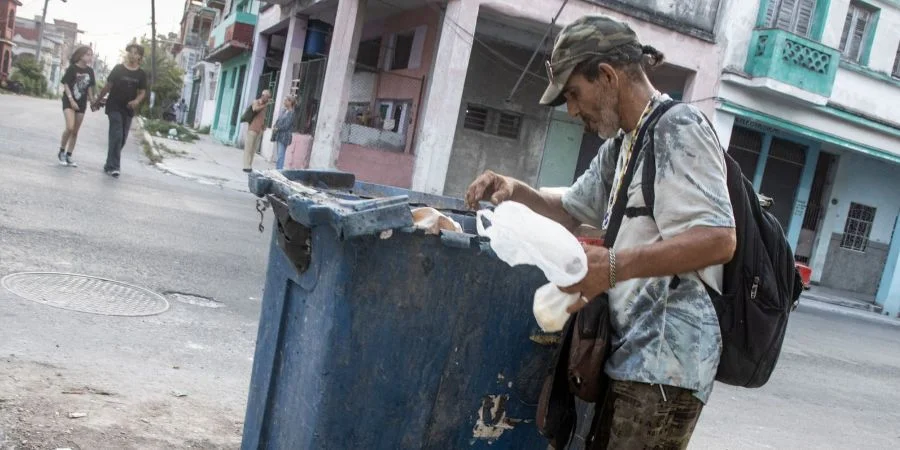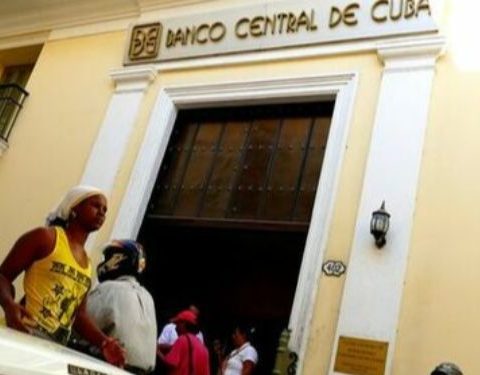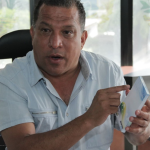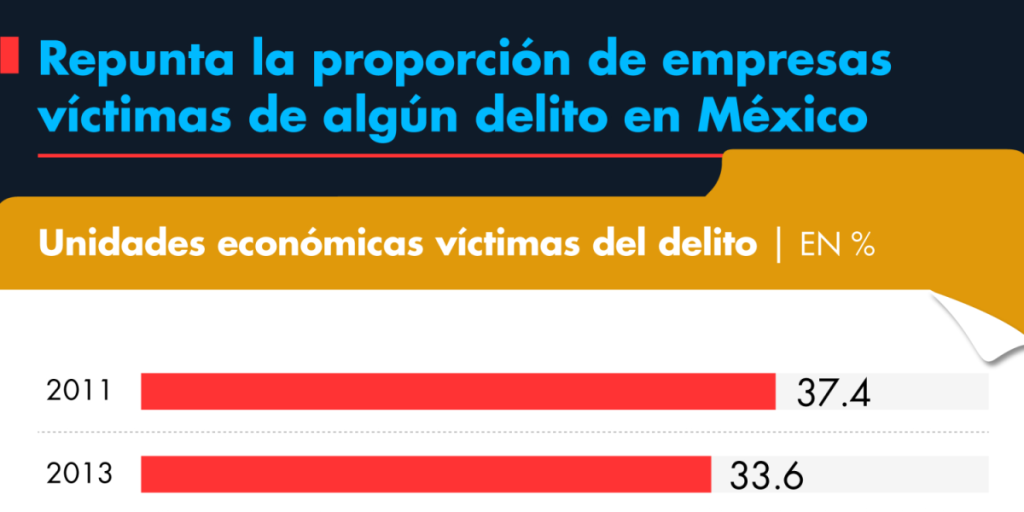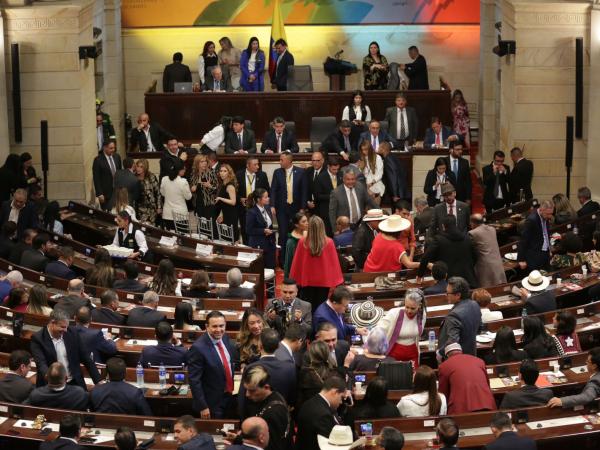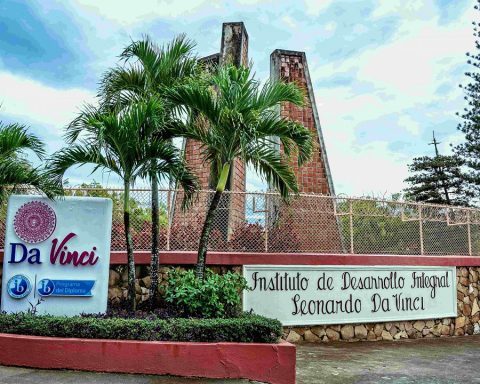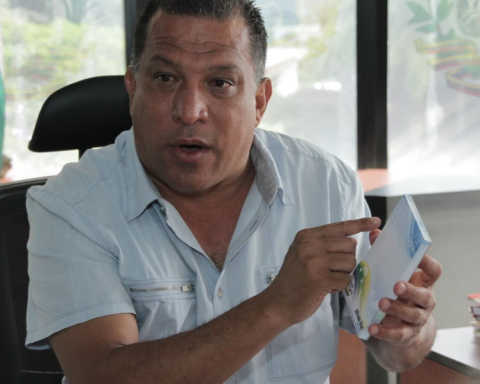MIAMI, United States. – The Minister of Economy and Planning of the Cuban regime, Joaquín Alonso Vázquez, reported this Monday in the Economic Affairs Commission of the National Assembly that the Government foresees an increase of 1% in its Gross Domestic Product (GDP) by 2025.
This estimate is based, according to the official, on the “recovery of tourism and income from the main exportable items, as well as the revival of productive, agricultural and industrial activities, and social services to the population.”
Alonso Vázquez also pointed out the importance of “the stabilization of the National Electroenergy System (SEN) and improvements in the fuel balance” as key factors to achieve this supposed growth.
Despite the supposed “stabilization” of the SEN mentioned by the Minister of Economy, the situation in the country is critical: daily more than 30% of the Island remains in blackout while the fuel shortage It has become even more serious this month.
During the balance of the 2024 economy, Alonso Vázquez recalled that the country faced a complex scenario marked by “the economic war, the international inflationary spiral, the prolongation of the multidimensional crisis derived from COVID-19, the insufficient collection of income in currencies, high debt, financial restrictions, energy limitations and macroeconomic imbalances.”
This combination of factors affected exports of goods, which only reached 92.5% of what was expected, and put even more pressure on the economy’s income, which decreased by “900 million less.”
Agricultural production also fell below the goals, including food, meat and vegetables, while the harvest failed to meet its objectives. On the other hand, imports remained at 82.4%, focusing mainly on food, fuel, medicines and medical supplies, with a “deficit in generating capacity” of electricity that negatively impacted productive performance.
Looking ahead to 2025, the minister highlighted that the new projections have taken into account the limitations of the current stage and the still untapped capacities. It seeks, among other measures, to “increase external income from new exportable items, promote exports of knowledge-based services” and boost foreign direct investment and the collection of remittances. In addition, renewable energy sources are projected to generate 1,734.6 GW, to reach 9.3% of the energy matrix.
Regarding inflation, the official estimated a slowdown, with a projection of between 25% and 30%.
In May of this year, the Economic Commission for Latin America and the Caribbean (ECLAC) corrected Cuba’s growth projections and estimated an increase in the Gross Domestic Product (GDP) of only 1.3% for the year 2024.
The new figure contrasted with the forecasts of the former Cuban Minister of Economy, Alejandro Gil Fernández, who had projected a growth of 2% and with those of the multinational organization itself, which in 2023 had planned that Cuba would have a GDP increase of around 1.7% in 2024.
Cuba’s serious economic situation has even led ruler Miguel Díaz-Canel to describe the context as an “emergency.” The island’s regime has promoted a “macroeconomic stabilization program” that seeks to revitalize the economy through adjustments in monetary, exchange, financial and fiscal policy. However, the measures include a 500% increase in the price of fuel and the dollarization of certain services, including gasoline and diesel.
At the end of 2023, ECLAC concluded that Cuba was one of the five countries on the continent with “chronic inflation.”
At that time, the Cuban economist Pedro Monreal he stressed in his X account that the organization included Cuba in “two problematic groups”: that of the five countries in the region with chronic inflation and that of the eight countries with the greatest credit risk. “Cuba not only shares the status of country with chronic inflation with four other countries (ArgentinaHaiti, Suriname and Venezuela), but was also one of the countries in that group with acceleration of inflation between 2022 and 2023,” the specialist also stressed.
